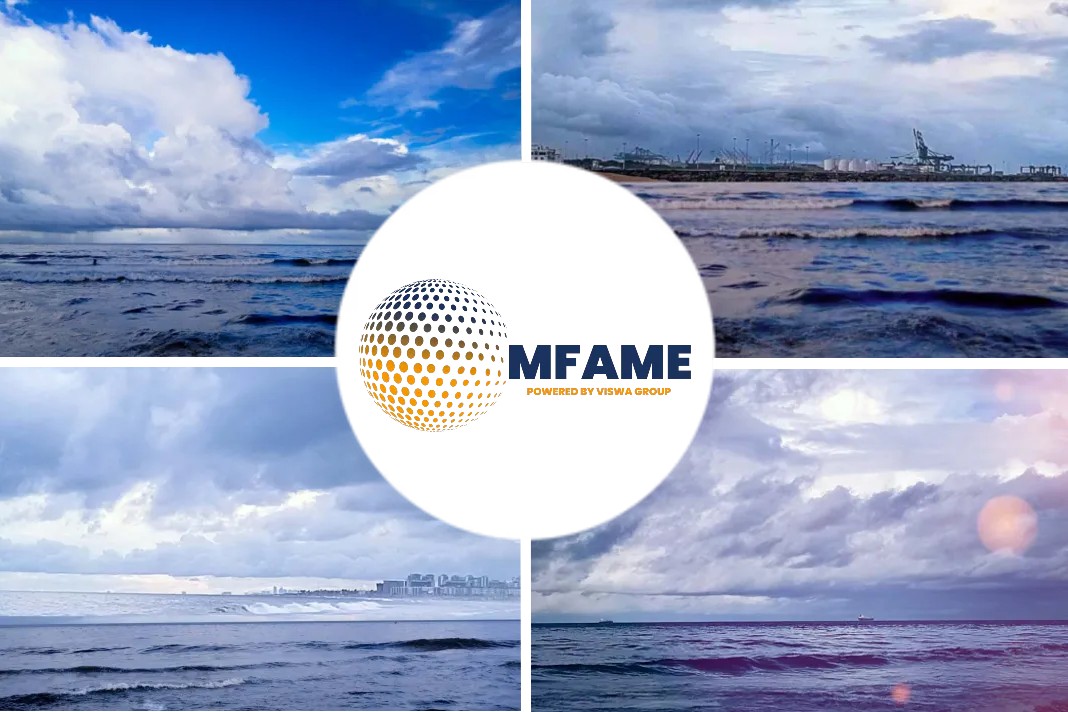In the last scrubbers corrosion update we gave you insights on scrubbers material selection and how it can effect corrosion as given in the Norshipping 2019 Official Release. From that time to now, much has changed with IMO addressing scrubber malfunctions in their latest guidelines but the problem largely remains unchartered.
So, here’s a detailed insight on the various scrubber corrosion issues that can occur.
Corrosion Challenges
The primary corrosion challenges include:
- Special stainless steel means tougher demands – mistakes during fabrication are less
forgiving and more expensive. - The excellent properties of the base material must be joined with excellent welds.
- An improper/incorrect welding procedure is the number 1 cause of failure among
failure cases. - Welding related problems often appear during use of the finished product, corrosion,
fatigue, etc.
Let us discuss these corrosion issues further in the next sections
Corrosion Due To Design
Design to avoid deformation
- Weld in the neutral axis
- Joint design important, not only for deformations but also corrosion
- Reduce volume of weld metal
Selecting Proper Welding Material
Welding of high alloyed materials
Generally in special stainless steel, e.g. 254SMO, duplexes and Ni- alloys
- Increased joint angle, +10 => 60 -70 , helps penetration
- Shorter root land “nose”, C
- Increased root gap, D, enables filler to reach the root
- Before welding; remove oil, paint, oxides etc. at least 50 mm from the edges
Visible issues due to weld defects
- Defects might facilitate the initiation of corrosion.
- The corrosion occurs as localized corrosion.
- Weld defects might affect the corrosion properties by:
a) Formation of crevices – undercut, ignition scars
b) Destroy the passive layer – slag inclusions, pores
c) Introduce contaminants – Low Melting Embrittlement
Non visible issues due to heat input
- Level of heat affect on the welded component is dependent on welding parameters
- High amount of heat input results in higher level of deformations, avoid to many beads
- High degree of clamping results in smaller deformations
- Thinner materials are more sensitive to deformations and buckling
General duplex welding guidelines
- Preheating: Only drying
- Filler metal : Always use filler metal.
Filler metal usually over-alloyed in Ni. - Heat input (control of ferrite-austenite balance): 22Cr, UNS S32205: 0.5-3.0 kJ/mm
25Cr, UNS S32750: 0.5-1.5 kJ/mm - Shielding gas:
Shielding gas: Ar (+ He,H2,N2)
Purging gas: Ar (+ N2) - Interpass temperature: 22Cr : T < 150°C , 25Cr : T < 100°C
- Post-weld heat treatment: No
Corrosion issues:
Duplex grades and ferrite content in the weld metal
• The ferrite content can vary between
• 30% – 65% in the weld metal
• 50% – 95% in the HAZ
Result: great variation of corrosion resistance
• Fast cooling → higher ferrite level
• Slow cooling → risk of detrimental sigma phase
Challenges due to welding processes:
- MIG spray arc – embedded surface slag
- MIG short arc – embedded surface slag, low spatter
- MAG spray arc – convex profile, some spatter
- Solution: Pulsed arc welding and a three component gas, for example Ar + 30% He + 2-3% CO2
Corrosion Conditions
Welding conditions
• 22Cr / 25Cr duplex, 6Mo, various nickel alloys
• Correct welding heat input, interpass temperature, gas protection…
Challenges when welding
- Weld oxide decreases corrosion resistance
- Sufficient/appropriate shielding gas protection on the root side
- Post weld cleaning often needed to restore corrosion resistance
- Oxides of high nickel alloys and heat tint in the area around welds
adhere more strongly than on stainless steels.
Grinding and polishing
- Removes slag, oxides, chromium depleted layers and geometrical defects
- Smoothness depends on abrasive material and performance
- Coarse grinding causes decreased corrosion resistance
- Use only iron-free abrasive materials
- Grinding spatter gives bad appearance and decreases the corrosion resistance
Surface Issues
Surface issues occur in welding, bending, scratching and polishing due to lack of adequate surface protecting layers.
The free iron particles must be removed immediately or else will they rust quickly and break the self healing ”passive film” on the stainless steel surface resulting in pitting corrosion.
That’s how corrosion issues pose a threat to scrubbers and need to dealt with in time.
We will discuss how to develop corrosion resistance in the next scrubbers corrosion update. Stay tuned every Wednesday.
Till then write to us at experts@mfame.guru with suggestions of things that you would like us to cover.
Did you subscribe to our daily newsletter?
It’s Free! Click here to Subscribe!






































